The best nonprofit boards aren’t just filled with generous givers—they’re powered by great connectors. A board member’s true value lies not only in their personal contribution but in their ability to open doors, expand networks, and amplify the organization’s reach. Recruitment shouldn’t just be about resumes or wealth, it’s about mapping influence and identifying who can help tell your story to new audiences. The strongest boards don’t just give, they connect.
Read MoreBill Gates’ decision to spend down the Gates Foundation within 20 years of his and Melinda French Gates’ deaths marks a bold shift in philanthropy. By prioritizing urgency, scale, and present-day stewardship, he aims to tackle global challenges while his dollars can make the greatest impact. Yet this immediacy comes with trade-offs—loss of continuity, institutional memory, and philanthropic infrastructure. Gates’ choice sparks a bigger question for philanthropy: should wealth fuel immediate change or perpetual legacy?
Read MoreNebraska AD Troy Dannen’s decision to pause the $450–$800 million Memorial Stadium renovation is less a setback than a reality check. With limited population, steep seat-license fees, and a stadium used fewer than 15 days a year, the math doesn’t support a billion-dollar project. In today’s NIL-driven era, investing in athlete facilities and opportunities may deliver far greater returns than polished concourses. By hitting pause, Nebraska has kept the door open for smarter, more sustainable choices.
Read MorePublic universities are under mounting pressure as state funding declines and operational costs climb, leaving students to shoulder rising tuition and fees. The challenge is clear: can these institutions keep being “everything to everyone”? Streamlining through strategic specialization—focusing each campus on its strengths and reducing duplication—offers a path forward. But the real test lies in overcoming political resistance, where local pride and jobs often outweigh efficiency.
Read MoreNonprofits remain one of America’s most trusted institutions, with 57% of the public expressing high confidence in the sector. Well above government, media, and big business. But trust isn’t guaranteed; it can erode quickly when organizations appear overly dependent on government funding, swayed by wealthy donors, or politically aligned. Protecting credibility means prioritizing transparency, independence, inclusivity, and mission focus at every decision point. In a skeptical era, trust is the nonprofit sector’s most valuable (and fragile) asset.
Read MoreDonor advised funds (DAFs) are no longer a quiet back-office giving tool and they’re a rapidly growing force in philanthropy. DAFs can create distance between nonprofits and their donors, but they also offer untapped potential for bigger, faster gifts when organizations actively embrace them. Simply inviting DAF contributions to your nonprofit can unlock remarkable generosity. In today’s fundraising landscape, adaptation isn’t optional, it’s the key to staying connected and competitive.
Read MoreA new IRS interpretation may allow churches and religious nonprofits to endorse political candidates without losing their tax-exempt status, but that doesn't mean they should. While legally permissible, such endorsements risk fracturing trust, alienating supporters, and damaging long-term sustainability. Mission-driven organizations thrive on unity and shared values, not political division. In today’s polarized climate, prudence—not permission—should lead the way.
Read MoreWhen turbulence hits, strong nonprofits don’t wait—they act. Bold decisions, diversified funding, and transparent leadership separate those who endure from those who excel. Uncertain times demand proactive mission-driven strategy, not passive survival.
Read More
